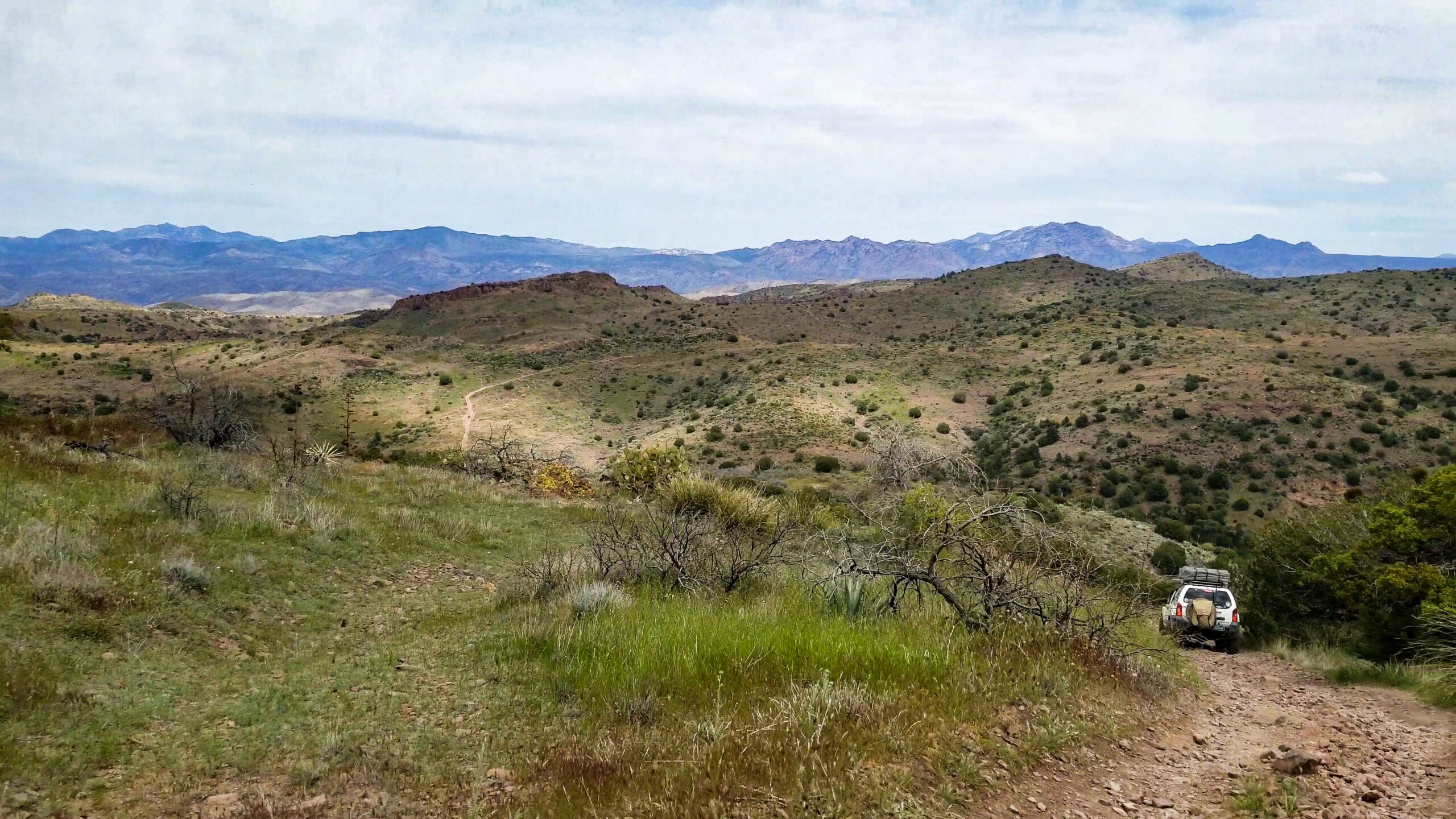Your cart is currently empty!
Posted in
Why Cattle Ranching and Sustainability Go Hand-in-Hand
From an OpEd in the Greeley Tribune by Jen Johnson Livsey, Posted by Protect the Harvest
Over the past several months, drought and wildfires have dominated the news cycle in the west. The Colorado River was recently declared to be at its lowest since the 1930s and another record-breaking fire season has blanketed dozens of states in devastation and smoke.
And yet again, beef is being portrayed as the culprit driving climate change and these extreme weather events. It would be convenient if the solution to climate change were as simple as eliminating beef. But it’s not.
Though methane may drive headlines, beef cattle only account for 2% of greenhouse gases in the U.S., according to the EPA. In fact, the U.S. has had the lowest GHG emissions from beef since the 90s.
So, if cattle aren’t ruining the environment, can they actually benefit it?
As a fifth-generation rancher, I know that beef cattle play a critical role in the environment and in balancing ecosystems.
My great-great-grandfather established our family’s ranch near Kit Carson, a small town on Colorado’s Eastern Plains, in 1907. Today, my three brothers, my parents and I run the Flying Diamond Ranch, honoring the legacy of our predecessors while also implementing practices that will carry our operation into the future.
We four siblings are all in our 30s and have families of our own now. We couldn’t be prouder to raise nine (going on 10) of the sixth generation of our family as land stewards. No one has a greater vested interest in sustainable beef production than we do, a fact that benefits the consumers of our beef.
After more than 110 years in this business, my family is no stranger to drought. Kit Carson typically receives only about 13 inches of rain per year, meaning we must work closely with nature to remain viable.
We’ve developed a variety of strategies to ensure that we are working with our grasslands, an ecosystem that requires grazing by ruminant animals to remain healthy. We’ve adjusted our calving season to best fit Colorado’s seasons, and we have utilized rotational grazing for more than 30 years to ensure every acre of our land is rested over 95% of the year.
Grazing our cattle, followed by long rest periods, allows the soil to better cycle nutrients, which in turn allows it to retain more moisture, therefore equipping it to better withstand drought. Our ranch’s healthy soils and water retention not only help us, but they also help the watershed our ranch lays on top of.
Healthy, functioning watersheds are hugely important to the entire population of Colorado, not just those of us in agriculture.
When soil is healthy, it also sequesters carbon, pulling CO2 out of the air and storing it instead in the ground where it can be used by plants. The combination of cow dung and cow hooves further help cycle nutrients into the soil. Plus, cattle can even help mitigate wildfires, as their grazing cuts down the forages that might otherwise act as fuel for a fire.
We understand that there is always more to learn, which is why we work closely with our land grant university, Colorado State University, and organizations like the Natural Resources Conservation Service, like many ranchers across the U.S.
We are even an Audubon Society certified ranch; our land management practices provide habitat to dozens of species of birds, as well as many other wildlife. Wildlife flock to our ranch; there is no more honest indicator of our management practices than this.
Cattle are not the environmental bad actor that they’ve been labeled. Rather, they are key to preserving land, sequestering carbon, mitigating drought and wildfires, and providing wildlife habitat.
I don’t blame consumers for feeling confused about cattle and the role they play in the environment, which is why we’re happy to share our story and the truth behind beef’s place in a sustainable future.
— Jen Johnson Livsey is a fifth-generation rancher from Kit Carson, where she manages Flying Diamond Ranch with her three brothers. She has degrees from Princeton and the King Ranch Institute for Ranch Management and has implemented numerous sustainable practices on her operation.
See more from Protect the Harvest here
The post Cattle play a crucial role in balancing ecosystems appeared first on RANGEfire!.
Tags:
You may also like…

Visit the AZBackroads.com Store

Please Become A Member
We need your help to keep our backroads open. Please join today!







